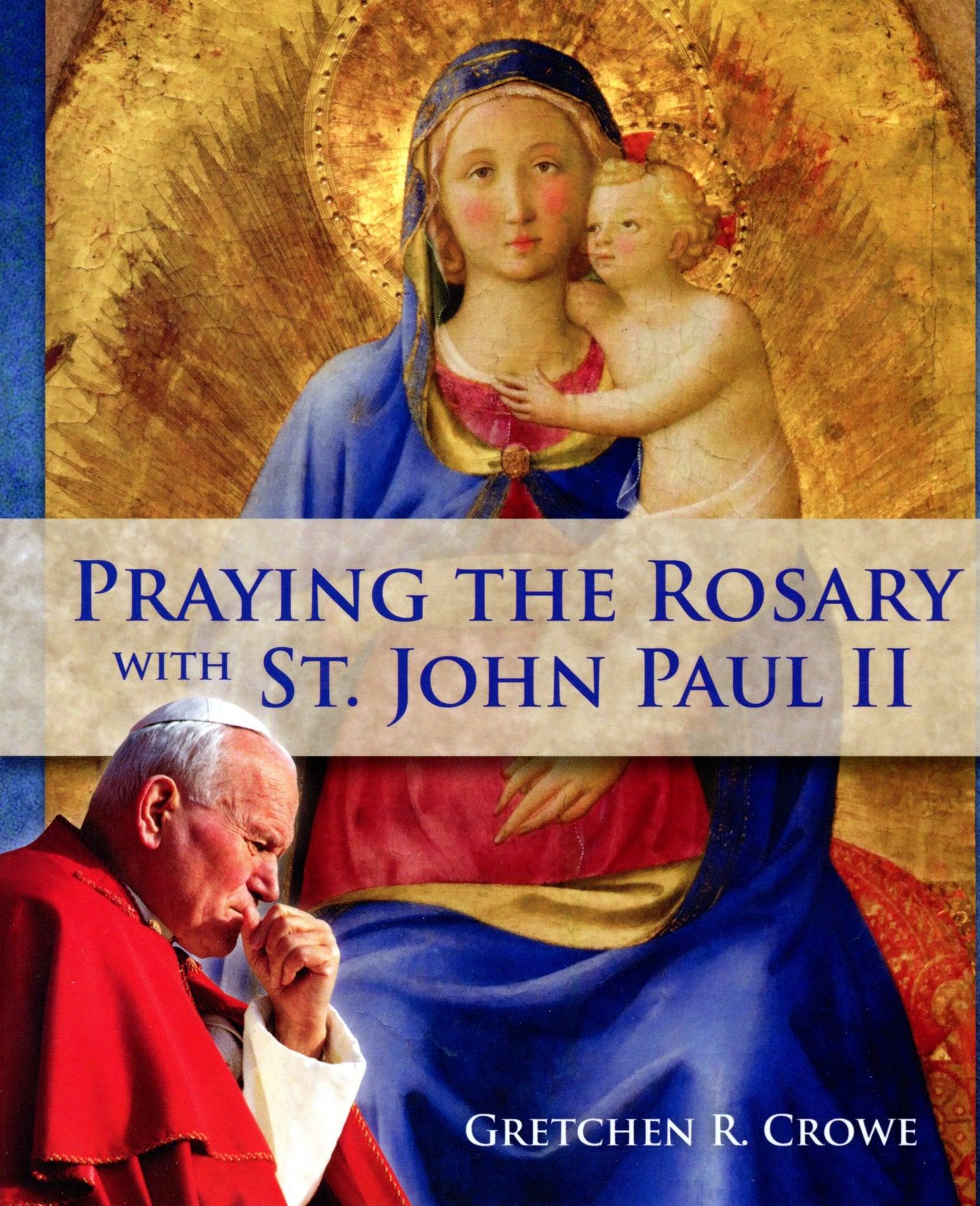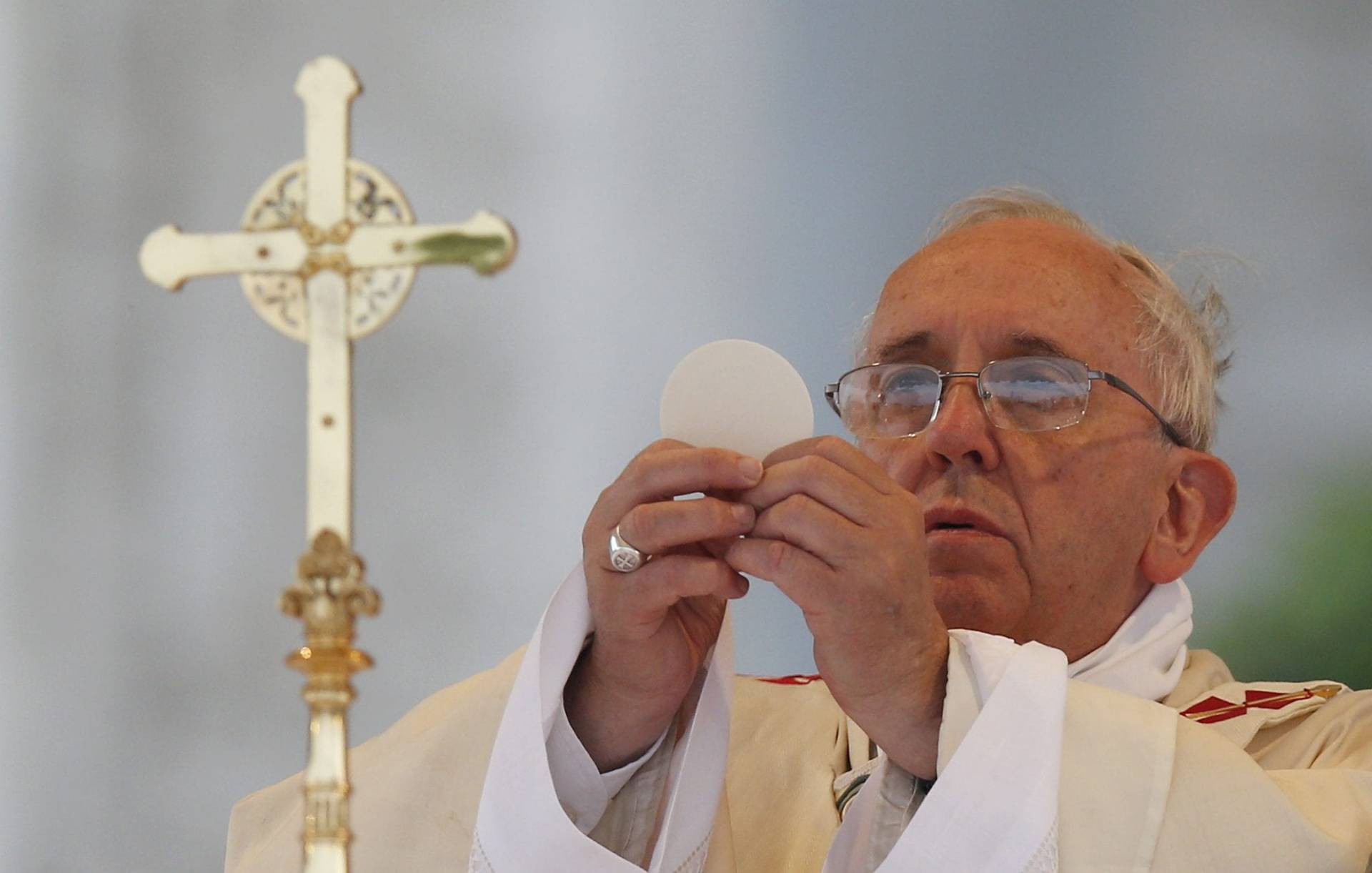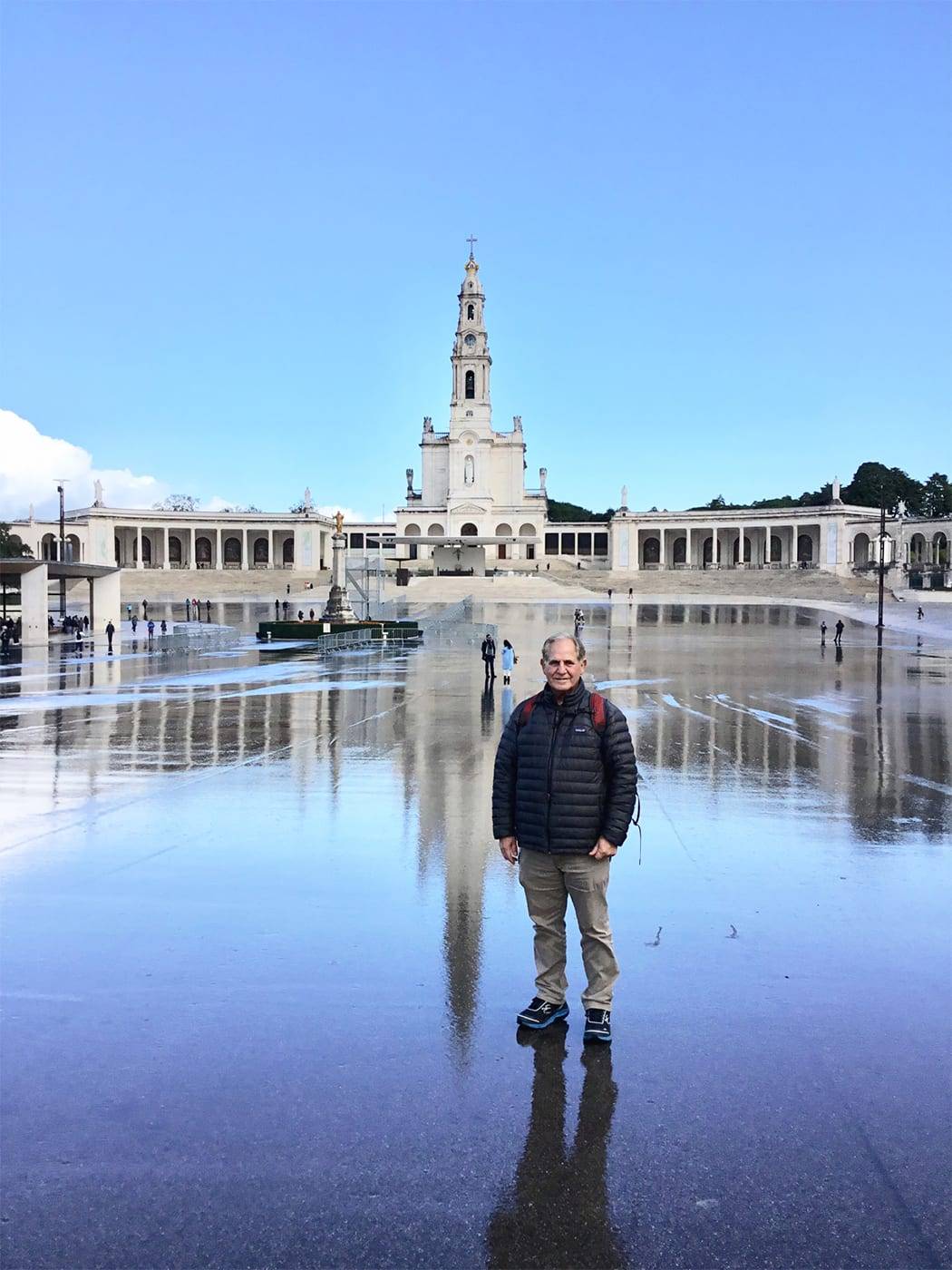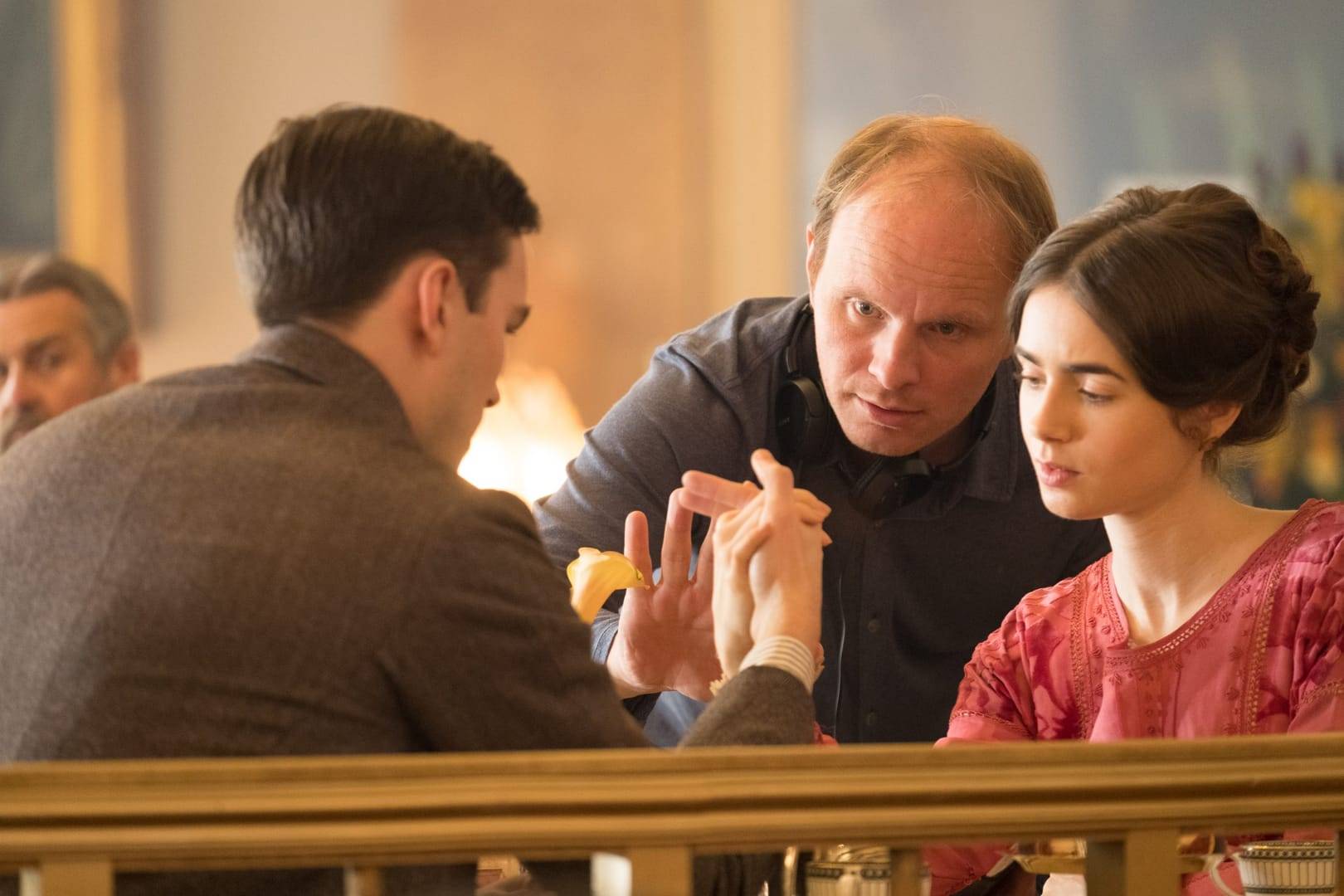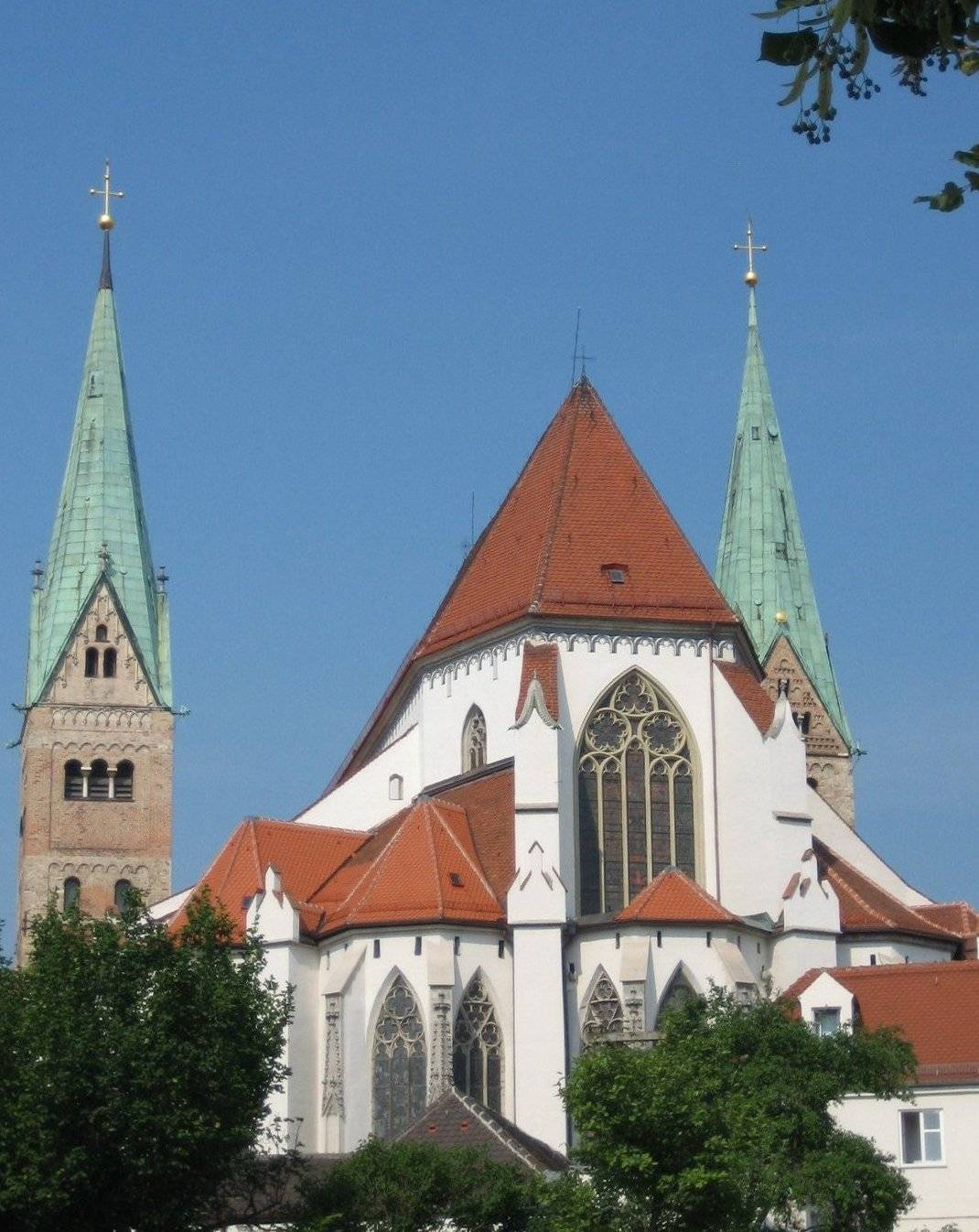The future of Catholicism in America rests heavily on the church’s ability to attract and retain young Hispanics whose connection to secular life is stronger than to the faith that sustained their parents, according to a new national study led by Boston College researchers.
The three-year study, which will be released Monday, said that failing to bring more young Hispanics into the church has broad consequences at a time when Latinos constitute 40 percent of all Catholics in the United States.
“The secularization of Hispanics is the biggest threat to the future of the Catholic Church in America,” said Hosffman Ospino, an assistant professor of theology and ministry at Boston College and lead author of the report. “We run the risk of losing a whole generation of Catholics.”
Just 3 percent of Hispanic Catholic children attend church schools and a declining number of Hispanics under age 30 attend Mass.
The report, titled “The National Study of Catholic Parishes with Hispanic Ministry,” is the first national study to focus exclusively on Catholic parishes with Hispanic ministries, Ospino said. Through broad surveys and personal interviews, the researchers sought to document the scope of the Hispanic influx, which is responsible for 70 percent of the church’s growth since the 1960s.
Researchers note that the arrival of 40 million Hispanic immigrants over the past half-century is 10 times the immigration rate of another ethnic group that transformed the church: Irish emigres from 1860 to 1960.
The report, conducted in collaboration with the Center for Applied Research in the Apostolate at Georgetown University, will be released in Boston at a gathering of prominent Catholic leaders, and it comes at a moment when the church for the first time is led by a pontiff from South America, Pope Francis.
The study makes a clear call to action, urging the church to develop a strategy to address the issues facing Hispanics and their parishes.
The issues take on added importance as the Catholic Church becomes more reliant on Hispanics, specialists said. By 2050, Hispanics will probably account for more than 60 percent of American Catholics.
“It will be an entirely different Catholic experience,” Ospino said.
But without a shift in focus, the parish structure in the United States will decline dramatically, as it did in Europe, Ospino said.
“Somehow, the church needs to change strategies and attitudes toward Hispanics in the parishes,” Ospino said. “It’s something the church has to come to terms with.”
Because the stakes are so high, efforts are underway to bolster the church’s presence in the Hispanic community.
Mar Munoz-Visoso, executive director of the Secretariat for Cultural Diversity in the Church for the US Conference of Catholic Bishops, said the group is working to increase the number of Hispanic seminarians and priests, and she said that Hispanic offices have been established in dioceses throughout the United States.
“The Catholic Church in the US has made strides in meeting the spiritual needs of Hispanics, yet the needs of such a growing and huge community require the church to do more,” she said.
Ken Johnson-Mondragón, director of research and publications at the Institute for Faith and Life, a nonprofit Catholic leadership institute that specializes in ministry for young Hispanics, said reaching younger generations has been a “major preoccupation” for Hispanic ministries.
“The reach with the next generation is not very strong,” he said. “It doesn’t hold the attraction.”
In a secular society in which religion seems to be “on the back burner of life” and parents are struggling to pass their faith on to their children, churches face a stern challenge, Johnson-Mondragón said.
“The culture doesn’t help, and the church doesn’t have the tools,” he said.
The Rev. Thomas Domurat, pastor of Most Holy Redeemer Catholic Church in East Boston, said the parish has reached out to the Hispanic community, going door to door to promote prayer groups and Bible study. On an average weekend, some 2,700 people attend Masses, the vast majority of whom speak Spanish.
“The Spanish Masses get the big crowds,” he said. The church also offers confessions in Spanish, drawing worshippers from outside the parish.
But like other churches, Most Holy Redeemer struggles to attract Hispanics who have grown up in the United States.
“They are captured by the culture around them,” Domurat said.
On Sunday, Most Holy Redeemer filled every pew for its noon Mass in Spanish. Parishioner Maria Luperon, 57, said it is typical to see a full house at each of the church’s four Sunday Masses. She and other congregants said the church appeals to the local Latino community by offering a wide variety of classes and activities in Spanish, with several specifically geared to young people.
“This church is very open to everybody,” said Luperon, a native of the Dominican Republic who has sung in the church choir for 18 years.
Carlos Monroy, 22, was born in the United States to parents from El Salvador. He said he attends church each week, but he knows many young people who do not, though most were not brought up in the church.
Carlos Rodriguez, 30, emigrated from El Salvador to Everett at 22 and first visited the church shortly after his arrival. Initially, he said, he wasn’t deeply involved, but that changed after he joined a Bible study group.
Rodriguez now leads a group that visits community members at home and evangelizes to them. He said that effort makes a difference.
“I see this church very active, actually,” he said. “I see others not as big as this one.”
The authors of the BC study found that even as the ranks of Hispanic Catholics burgeoned in recent decades, the church was often slow to adapt. Only 25 percent of Catholic parishes have any Mass in Spanish, with the vast majority in the South and West. And those Masses are sometimes held at less convenient times that make them feel like “an addendum to the church schedule,” Ospino said.
“Language remains a barrier,” he said.
In the Boston archdiocese, just 40 of almost 300 parishes offer Spanish-language Masses, he said.
That has contributed to the tenuous relationship many Hispanics have with the church, researchers found. Many churches reported that Hispanics remain on the periphery of church life, and that active participation “remains at a minimal level,” the study found.
The study, which was funded by anonymous donors and the Our Sunday Visitor Institute, surveyed nearly 100 directors of Hispanic ministries in dioceses across the country.
Churches have long focused their efforts on first-generation immigrants and pastoral outreach to Hispanic youth, especially US-born, remains modest. As Hispanics move toward becoming a majority in the US Catholic Church, that needs to change, the report found.
“Much of the Catholic experience in the country during the next few decades will be significantly shaped by how the church reaches out to this important group and whether young Hispanics in this age bracket, at least those living in Catholic homes, decide to self-identify as Catholic,” the report says.
On average, parishes with Hispanic ministries have fewer resources, and many struggle financially, the BC report found. In parishes with Hispanic majorities, money is even scarcer.
And the report concluded that relatively few Latinos hold positions of leadership in the church, Ospino said, and many “champions of Hispanic ministry” are near the end of their careers.
“Who is going to replace them?” he asked.







